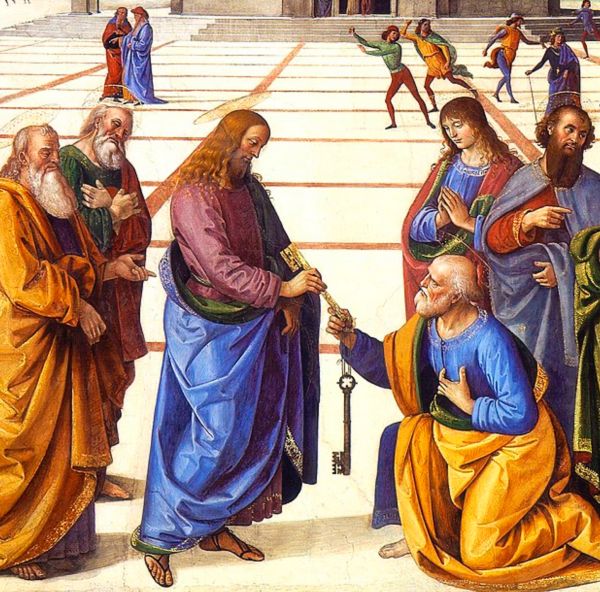Jesus asks his disciples:
"But who do you say that I am?" (Mt 16:15).
Who Jesus was for Francis is evident e.g. in his writings, especially in the Praises of God Most High, where he expresses himself thus:
"You are Holy, Lord, only God, who works wonderful things.
Thou art Most High... Thou art King Almighty... Thou art triune and one, Lord God of gods. You are good, all good, the highest good, the living and true Lord God... You are our eternal life, great and admirable Lord, almighty God, merciful Saviour.
And he inculcated the same in his brothers, living the Gospel of charity and concord:
"Truly on this solid foundation they built, splendidly, the building of charity. And like living stones, gathered, as it were, from all parts of the world, they grew into a temple of the Holy Spirit" (FF 387).
And how could they have grown otherwise with a transparent guide like Francis? He who "exults with joy in all the works of the hands of the Lord, and through this joyful vision intuits the cause and the reason that enlivens them [...].
In beautiful things he recognises the highest Beauty, and from everything that is good for him a cry rises up: He who created us is infinitely good [...].
He has regard for the lamps, lamps and candles, and does not want to extinguish their splendour by his own hand, symbol of the eternal Light.
He walks with REVERENCE ON THE STONES, out of regard for him who is called STONE. And having to recite the verse that says 'On the rock you raised me up', he changes the words thus for greater respect: 'Under the feet of the STONE you raised me up'" (FF 750).
And close to death, Francis asks to return to St Mary of the Angels, where it all began. He had himself placed on the bare earth, as the cornerstone of the Seraphic Order:
"In the twentieth year of his conversion, he asked to be taken to St Mary of the Portiuncula, to render to God the spirit of life there where he had received the Spirit of grace.
When he was brought there, to show that, after the model of Christ-Truth, he had nothing in common with the world [...] he prostrated himself in fervour of spirit, all naked on the bare earth [...].
Thus lying on the earth, having laid down his sackcloth, he lifted his face to Heaven, according to his custom, totally intent on that heavenly Glory, while with his left hand he covered the wound on his right side, that it might not be seen.
And he said to the brothers: 'I have done my part: may Christ teach you yours'" (FF 1239).
Francis, at the conclusion of his life, reveals himself to be the stone upon which Christ builds his Church.
That Church that at the beginning of his journey the Poverello had "confused" with the repair of the church of San Damiano, in whose work the stones had had their weight and meaning.
"In fact, just as the three buildings were repaired (S. Damiano, the Porziuncola, the little church of S. Peter, not far from Assisi), under the guidance of this holy man the Church would be renewed in three ways: according to the form of life, according to the Rule and according to the doctrine of Christ proposed by him - and a threefold militia of the elect would celebrate its triumphs" (FF 1050).
Francis: Stone upon which Christ builds his ruined Church.
Thursday of the 18th wk. in O.T. (Mt 16 13-23)












